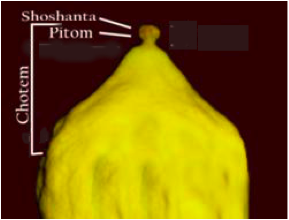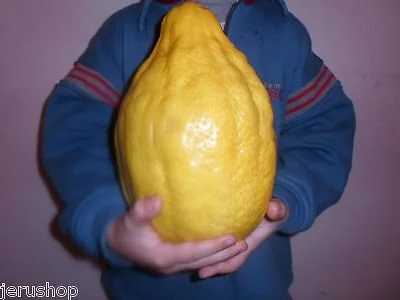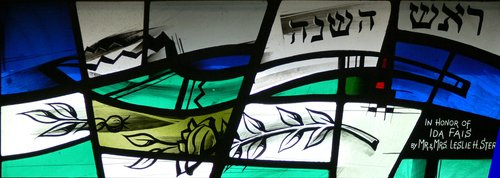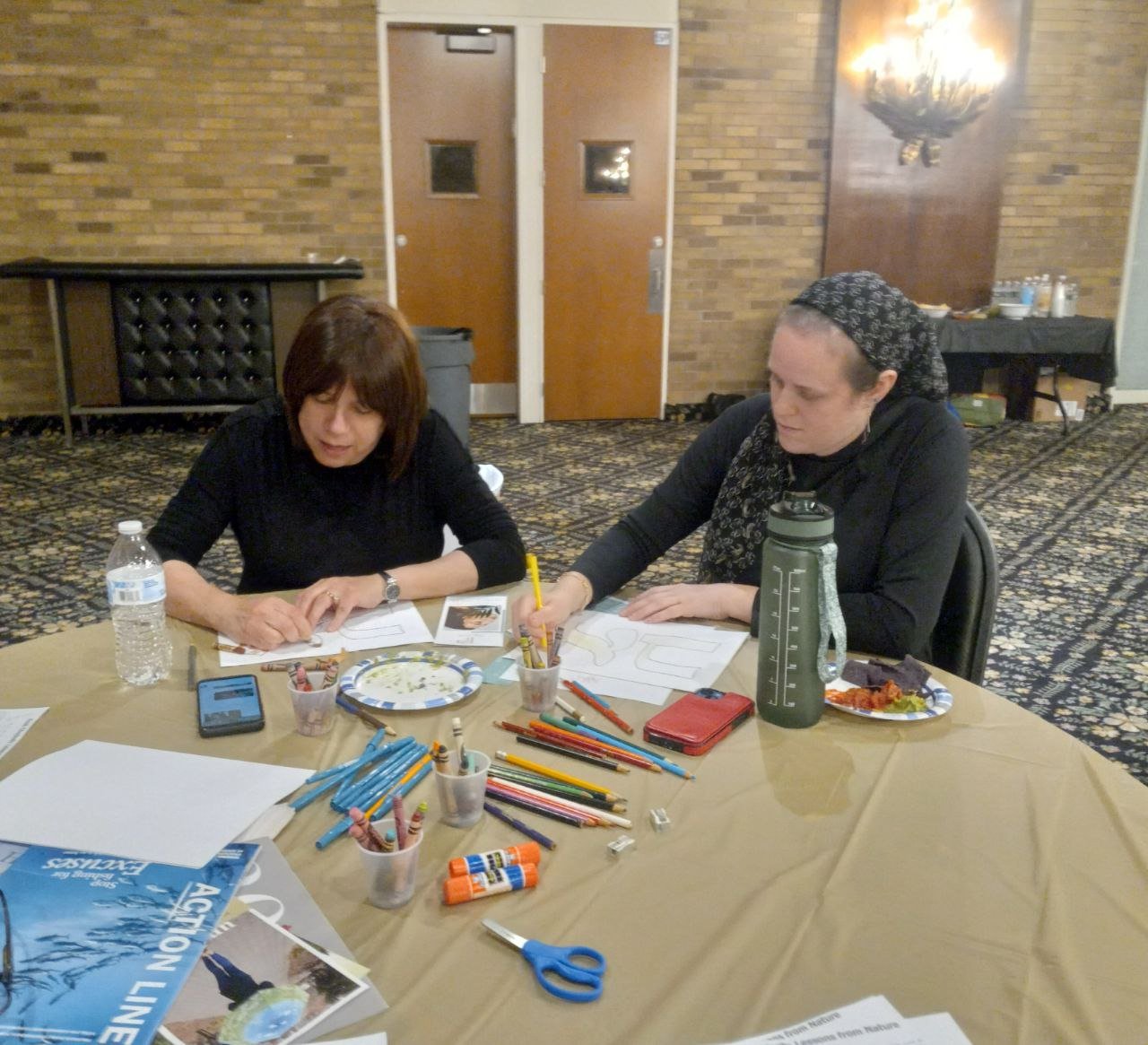Soon, we will allo celebrate the Seder around our family table. Here are some halachic points and helpful tips for the coming week:
CLEANING THE HOUSE
There is no need to search for chametz in tiniest cracks and crevices. The prohibition of bal yera'eh and bal imetze is chametz the size of a keayit (literally means olive size, but about the size of a matchbook). This is something that would be hard to miss even with a regular house cleaning. The kitchen does have to be cleaned more thoroughly because even eating a tiny crumb of chametz isn't allowed.
There is no need to go through all the pages of your books and shake them out because it's highly unlikely there is no chametz there. If you are a person who brings books to meals, take care not to bring them to the table. (.דעת הרב עובדיה והרב בן ציון אבא שאול ויש מחמירים כדוגמת החזון איש)
PREPARING YOUR KITCHEN FOR PESACH
OVEN
Clean your oven thoroughly and run it at its highest setting for at least ½ hour. If you have a self-cleaning oven that runs at a temperature of 500º Fahrenheit or higher, it doesn't need to be cleaned before turning it on. Running the the self cleaning cycle is sufficient for kashering it for Pesach. The oven should be hot enough to burn off any chametz.
If you don't have a self cleaning oven, you should try to get new oven racks for Pesach. You could kasher the racks for Pesach by using a high fire (like with a butane torch), but such a high heat is likely to damage the racks. It is best to use disposable baking trays. If you don't have disposable baking trays, you can cover the trays with aluminum foil.
REFRIGERATOR
Empty and clean thoroughly with soap and water. There is no need to cover the shelves.
DISHWASHER
Clean the filter on the bottom of your dishwasher. See your owner's manual on how to remove and clean the filter. Wait 24 hours from the last wash, and run the dishwasher empty on the longest program and use detergent.
MICROWAVE
Clean thoroughly and wait 24 hours. Then boil water in the oven until steam is spreading all over the oven.
HOT PLATES (SHABBAT PLATAS)
Chametz from pots and dishes occasionally spills on the surface. This cooks onto the surface which absorbs the food. These cannot be kashered for Pesach. You can clean the surface the best you can, and try covering it with aluminum foil to keep the Pesach pots and dishes from touching the surface.
DINING TABLE
If you eat on your table without a mat or tablecloth, you can kasher it for Pesach by pouring boiling water on the surface, or you can cover the table with a thick piece of plastic that won't tear over the Chag.
COUNTER AND SINK
Clean carefully and pour boiling water on them.
STOVE TOP
For gas stoves, clean thoroughly and cover the grates with aluminum foil. You don't have to cover the surface of the stove
HIGH CHAIR
Clean carefully and then pour hot water on the tray surface. You don't have to pour hot water on the whole high chair.
COFFEE MACHINE
Clean the carafe and the machine, then run plain water through it.
OTHER AREAS
Don't forget to clean your car, baby carriage, school bags, and your work satchel.
PROHIBITED SPECIES
If you have a custom of not eating kitniyot, you cannot eat rice, alfalfa, peas, millet, sorghum, chickpeas, fenugreek seeds, sunflower seeds, mustard, buckwheat, spelt, cumin, vetch, black-eyed peas, arum, soy, mung beans, lentils, fava beans, lupin beans, poppy seeds, flaxseeds, pulse, caraway seeds, hemp seeds, common beans, sesame seeds, lupin seeds, corn, clover seeds, and tamarind fruit.
Products made from kitniyot like corn flakes, corn flour, and rice cakes and also included in the prohibition. Turmeric is permitted. Mustard and flaxseeds, aren't legumes, but because they grow in pods like legumes, they're prohibited.
Rema permits dill seeds and coriander seeds because they are not kitniyot. Aharonim writes that they must be examined carefully because they can contain wheat.
There are different customs regarding peanuts. In Jerusalem and many places, they were not eaten on Pesach (Mikra'ei Kodesh 2:60). However, in Greater Lithuania, they were eaten. If you don't know your family's custom, it's permissible to eat them.
Potato flour is permitted on Pesach. Although you can make flour from potatoes, there was no custom from the great Ashkenazi Rishonim that forbade it since potatoes were not in Europe at that time.
April 5 is the fast of the first born. We will make a סיום מסכת finish a tractate all the firstborn have to participate. We must have a minyan starting at 6:30 it's a big mitzvah to take part of it.
Chametz must be disposed or destroyed by 11:44pm on Wednesday, April 5th.
חג פסח כשר ושמח לכל הקהילה ולכל אחינו בית ישראל
I wish all of you happy Passover,
Rabbi Tal

















































